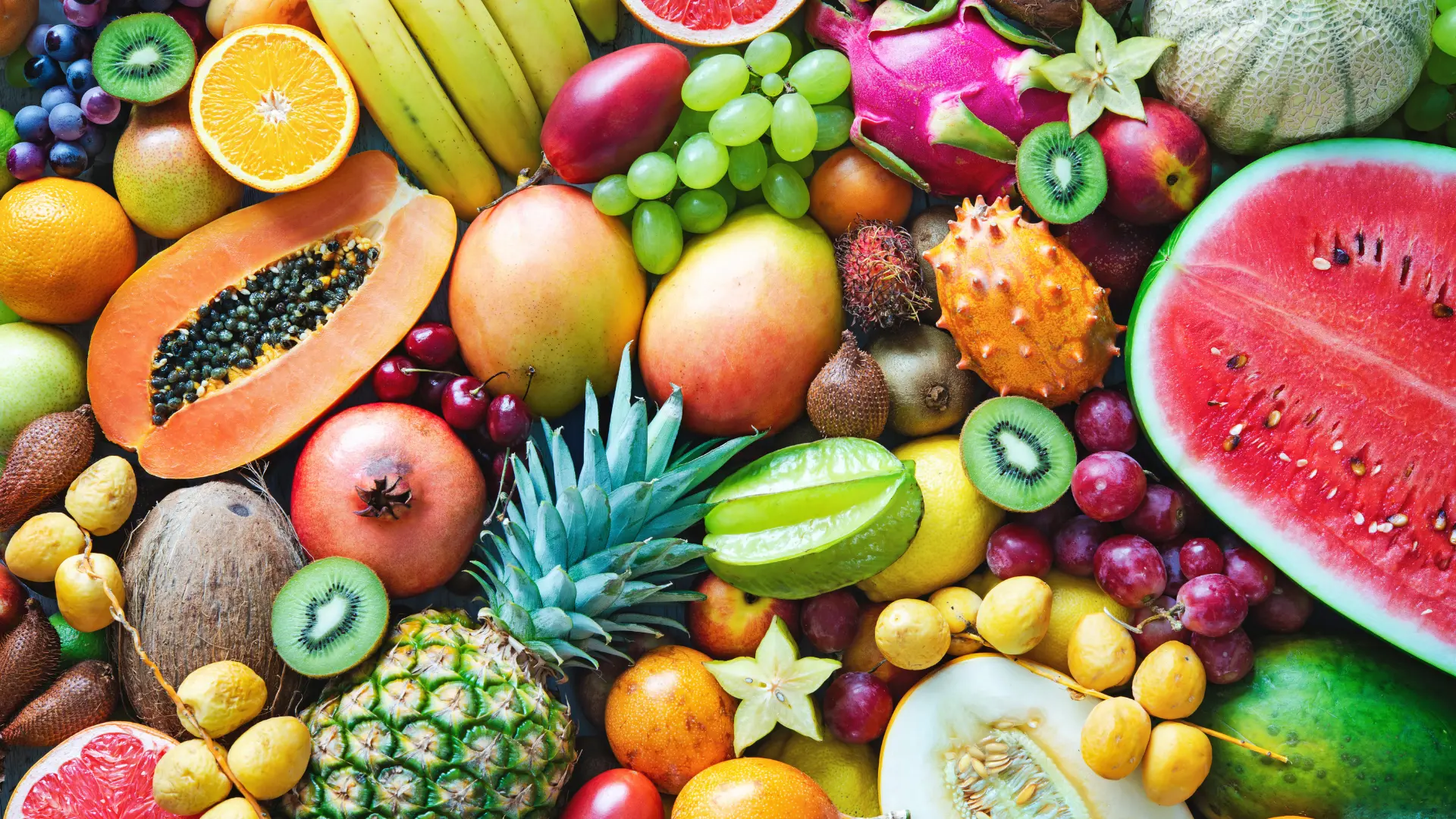Understanding Sugar and Kids 🍭👶

Sugar is everywhere — in the foods we eat, the drinks we enjoy, and even in some unexpected places! For kids, sugar can be both a treat and a hidden health risk. Understanding how much sugar children consume and the effects it can have on their health is crucial for parents, caregivers, and educators alike. With childhood obesity rates rising and health concerns growing, it’s more important than ever to keep an eye on sugar intake and make informed choices. Let’s dive into what sugar really means for kids and how to keep their diets healthy and balanced! 🌟
Health Risks of Excess Sugar in Children ⚠️🍬

Excessive sugar consumption in children is linked to several serious health issues that can affect them both now and later in life. Here are some of the key risks:
- Obesity: High sugar intake is a major contributor to weight gain and obesity in children. The World Health Organization (WHO) highlights that consuming too much free sugar increases the risk of unhealthy weight gain, which can lead to obesity—a condition affecting millions of children worldwide. Obesity in childhood often continues into adulthood, increasing the risk of chronic diseases later on.
- Type 2 Diabetes: Excess sugar can lead to insulin resistance, a precursor to type 2 diabetes. Children with high sugar diets are more prone to developing this condition, which was once rare in kids but is now increasingly common due to poor dietary habits.
- Dental Caries (Tooth Decay): Dental caries is the most common non-communicable disease globally and is strongly linked to sugar consumption. Sugars feed harmful bacteria in the mouth, leading to acid production that erodes tooth enamel, causing cavities and pain.
- Psychological Effects: Overweight and obese children may experience low self-esteem, depression, and social isolation, impacting their mental health and overall well-being.
- Long-term Risks: Childhood obesity and related health issues increase the risk of chronic diseases such as heart disease, hypertension, and premature death in adulthood.
Official Guidelines on Sugar Intake for Children 📏✅

To protect children’s health, leading health organizations have set clear guidelines on sugar consumption:
- CDC Recommendations:
- Children under 2 years: no added sugars at all.
- Children 2 years and older: limit added sugars to less than 10% of daily calories. For example, in a 2,000-calorie diet, this equals about 12 teaspoons of added sugar.
- WHO Recommendations:
- Reduce free sugars to less than 10% of total energy intake for both adults and children.
- For additional health benefits, a further reduction to below 5% of total energy intake is recommended.
What are free sugars? Free sugars include sugars added to foods and drinks by manufacturers, cooks, or consumers, plus sugars naturally present in honey, syrups, and fruit juices. This differs from natural sugars found in whole fruits and vegetables, which are not included in these limits.
Following these guidelines helps prevent obesity, diabetes, dental problems, and other health issues.
Practical Tips to Reduce Sugar Intake in Kids 🍎🥤

Reducing sugar doesn’t mean eliminating all sweetness—it’s about making smarter choices. Here are some practical tips:
- Spot Hidden Sugars: Many common foods contain added sugars, even if they don’t taste very sweet. Examples include flavored yogurts, breakfast cereals, granola bars, fruit juices, and condiments like ketchup. Always check nutrition labels for terms like “sucrose,” “glucose,” “fructose,” “corn syrup,” and “honey.”
- Choose Whole Fruits Over Juices: Whole fruits provide fiber and nutrients without the sugar spike that fruit juices can cause.
- Make Healthy Swaps: Replace sugary snacks with nuts, seeds, fresh fruit, or homemade treats with less sugar.
- Cook and Bake at Home: Homemade meals and snacks allow you to control sugar content. Try recipes that use natural sweeteners like mashed bananas or applesauce.
- Set a Good Example: Children learn habits from adults. Show them how to enjoy treats in moderation and prioritize healthy foods.
- Manage Celebrations Smartly: For birthdays and holidays, offer healthier treats alongside traditional sweets. Use fruit kabobs, yogurt parfaits, or homemade baked goods with less sugar.
- Monitor Progress: Keep track of sugar intake and celebrate improvements. Positive reinforcement helps maintain healthy habits.
Sugar Content in Common Foods 🍫🥤

| Food Item | Approximate Sugar Content (per serving) | Notes |
|---|---|---|
| Flavored Yogurt (6 oz) | 15-20 grams (about 4-5 teaspoons) | Often contains added sugars |
| Breakfast Cereal (1 cup) | 10-15 grams (2.5-3.5 teaspoons) | Check for added sugar content |
| Fruit Juice (8 oz) | 20-25 grams (5-6 teaspoons) | High in free sugars |
| Soda (12 oz) | 39 grams (about 10 teaspoons) | High added sugar content |
| Granola Bar | 8-12 grams (2-3 teaspoons) | Often contains hidden sugars |
Building a Healthy Future for Our Kids 🌟💪
Limiting sugar intake in children is a vital step toward ensuring their long-term health and happiness. By following the CDC’s recommendation of less than 10% of daily calories from added sugars and the WHO’s advice to reduce free sugars to below 5-10% of total energy intake, parents and caregivers can help prevent obesity, diabetes, dental problems, and other health issues. Remember, small changes today lead to big health benefits tomorrow! 💪🍎
Let’s work together to build a healthier future for our kids—one sweet step at a time! 🍭🌈